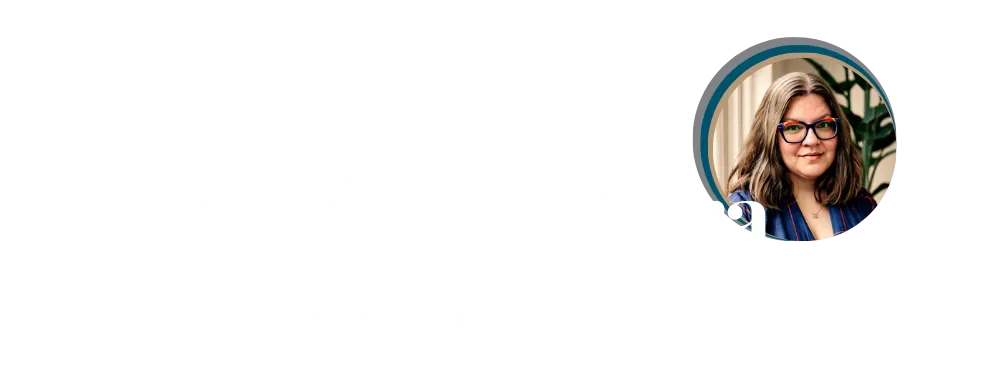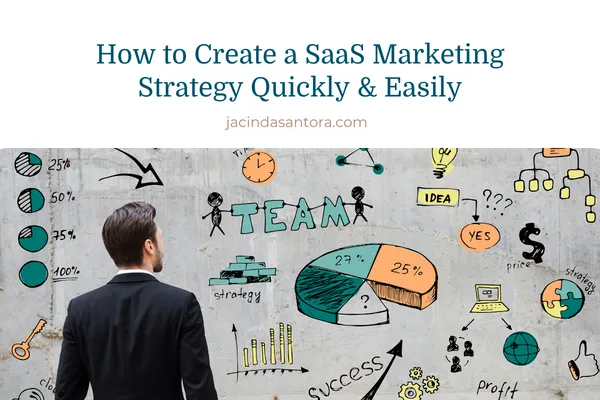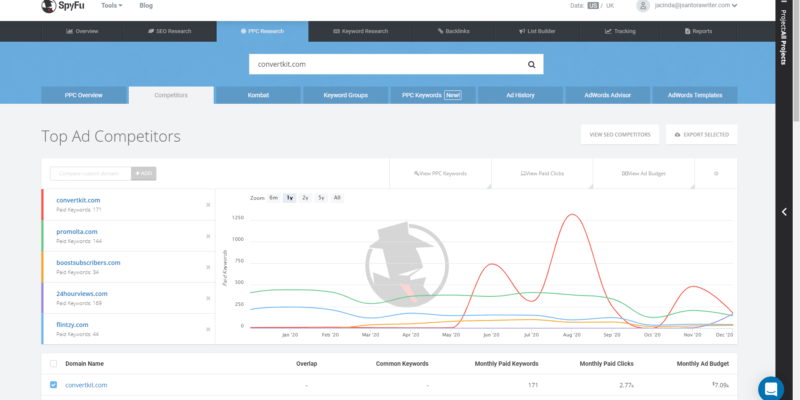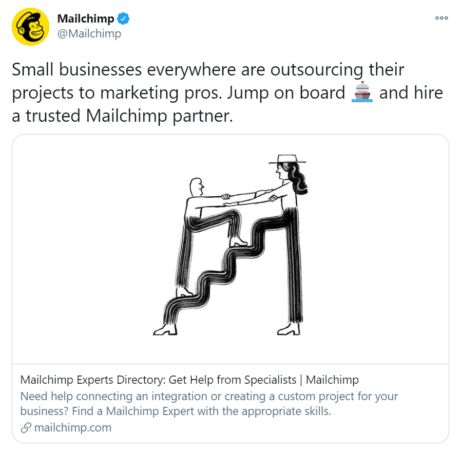



How to Create a SaaS Marketing Strategy Quickly & Easily
A powerful SaaS marketing strategy never comes together when it’s convenient. Your offering is always changing.
There’s a constant release of updates and new versions that can render your marketing message moot before you even have a chance to launch it.
It can be hard to create and keep personas updated and accurate.
Terms related to SaaS can be confusing to your users (“What the hell is this cloud and how does my data get there?”).
Even if you already know how to create a SaaS marketing strategy, here’s a refresher with some helpful tips to make it less of an ordeal.
Step 1: Build a Great Service
Yes, it seems like everyone looking to create a marketing strategy for a SaaS business should already know that they need to create a great product.
But have you seen some of the SaaS products out there? So, yeah. We’re starting at the beginning.
To build a great SaaS product, you have to first know if there’s a problem to solve. So… What problem are you trying to solve? Why? Who cares about having this problem solved?
Once you know the answer to those questions, you’re ready to move on to step 2…
Step 2: Find Your Target Audience
Okay, so you know there’s a problem to solve. You know a little bit about who might care about having this problem solved.
Now it’s time to really dig into exactly who your product is for.
Finding your target audience is sososo important. Your target audience is going to be the driving force behind things like your website design, the content you create and share across your website, social media, and other marketing channels, what your product does and what it looks like, and a ton more.
Digital Marketer has an awesome customer avatar worksheet that you should absolutely download to help you create buyer personas that will guide your marketing.
Step 3: Set the Right Goals and KPIs
The next step to creating a SaaS marketing strategy is to set goals and KPIs. While you’ll want to track the usual suspects like profitability, growth, and customer retention, there are other metrics that are especially important for SaaS businesses:
Monthly recurring revenue (MRR)
Customer acquisition costs (CAC)
Months to recover CAC
Customer churn
Customer Lifetime Value (LTV, CLV, or CLTV)
CAC-to-CLV Ratio
Average revenue per account (ARPA)
Channel growth
Expenses per customer or employee
Knowing and understanding these metrics will help you make better decisions to scale your SaaS business.
Related Content: 8 SaaS Growth Hacking Strategies to Try NOW
Step 4: Scope Out the Competition
To be the best SaaS business in your niche, you’ll want to spend time getting to know your competitors and what they’re doing.
But it goes deeper than that.
You don’t just want to check out what they’re doing, go “Mmmm, mmmhmmm,” and continue on your way. You need to learn not only what they’re doing but what’s working for them and what’s not. Here are a few of the things you’ll want to pay attention to:
The marketing strategies they’re using
What they’re doing on social media
How they’re site is doing with search rankings and organic reach
The keywords they’re targeting
How many backlinks they have and where those backlinks are coming from
Personally, I use SpyFu for SEO and competitor analysis. It’s a great tool you can use to find your competitors’ best, most profitable keywords, find out the pages that link to them, and a ton more.

After you know more about your competitors, you can work on setting yourself apart from them. This is called your unique selling proposition (USP). How are you different from your competitors? What do you offer that’s unique to you and puts your SaaS product above theirs?
A great way to find ideas here is to invest in some social media listening to find out what your target customers love (and don’t love) about your competitors.
Step 5: Optimize Your Website
SaaS is an online business. That means a lot is going to happen on your website.
Your website should be optimized for conversions. There are a few different things you can do for conversion rate optimization on your website:
Include high-converting popups on your site to move leads through your sales funnel
Add content for every stage of the customer journey
Include powerful calls to action
Add a chatbot
Improve your page speed
A/B test your landing pages, popups, CTAs, and, well, everything
Survey your site visitors and customers
Analyze your high-performing content
There are more steps you can take to optimize your site but these are a great place to start.
Step 6: Create Great Content
Content marketing is a powerful part of any SaaS marketing strategy.
Not only can content help you solve customer problems, answer questions, and just generally endear them to your brand but great content moves leads through your sales funnel and turns them into paying customers.
Your content should be educational, engaging, and actionable.
And, it also has to be optimized so it ranks well in search engine results. This is what gets your brand found and your potential customers started down the path to becoming customers.
Step 7: Get Social
More than 3.6 billion people use social media worldwide (Statista). That’s a whole lot of potential customers to win over.
Your SaaS business has to be on social media. You have to.

But you don’t have to be everywhere. And, if you’ve seen some of the social media platforms out there these days, you don’t want to be everywhere.
But where should you focus your limited time, energy, and resources?
Answer: wherever your target audience hangs out.
This is where it pays to create a really detailed buyer persona as we mentioned way up in Step 2. Find out where your target audience spends their time online and focus on those platforms.
Once you find the best social media platforms for your business, you’ll want to post regularly and engage with your followers. You may want to run some targeted ads, too.
Step 8: Use Free Trials to Your Advantage
Free trials are a brilliant SaaS marketing tactic. Not only can they help you attract potential customers, but they also give people a taste of what your product has to offer before they commit their hard-earned dollars. This means that the people who do convert are likely to be lifelong customers.
Many SaaS businesses that offer free trials typically limit those free trials to the most basic of features. My recommendation is to do the opposite. I hate it when I’m trying to figure out if I want to pay for a product only to find out that the free trial doesn’t include any of the features I was interested in.
It’s a limited-time free trial. Just give them the best of what you have to offer so they can make an informed decision.
Step 9: Get Feedback From Users
Feedback from users is indispensable for SaaS businesses. Not only can you use some of the feedback as testimonials to encourage other people to buy but you can use feedback to improve your product and pricing.
One of the best groups to get feedback from is your free trial users. You can get feedback from those who didn’t convert to a paid plan to figure out where your product or pricing needs to be improved. And you can use feedback from those who did convert as testimonials to convert more leads.
It’s really a win-win.
Step 10: Hire a Great Copywriter
Are you a copywriter? If you’re here to learn more about creating a SaaS marketing strategy, probably not. That means you shouldn’t be writing your own copy.
Hiring a copywriter is one of the best things you’ll do for your SaaS business. Not only will you save time and money in the long run but a high-quality copywriter will help you get results a lot faster than trying to go it alone.
Not sure about bringing in someone from outside your business? Explore the pros and cons of outsourcing your marketing.
Copywriting is about more than writing. Brilliant copywriters make it their job to understand your business, your audience, and your goals. Then, they use their incredible sales skills to create copy that will get your business noticed.
Of course, copy's just a small part of what you need to create and implement a game-changing marketing strategy for your business. That's where I come in. Check out how I can drive growth for your business.
There you have it! Now it’s time for you to create a SaaS marketing strategy of your own.
Was this post helpful? Do you have more questions? Let me know in the comments.
Nothing in on this page or any other site or communication by or from me is a promise of earnings or guarantee of results.
